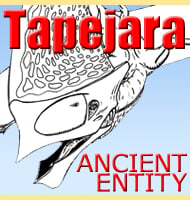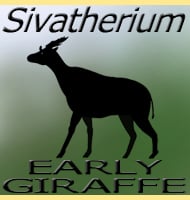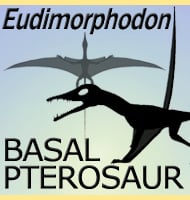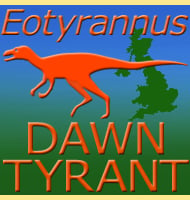In Depth
With is slender body, proportionately short legs and teeth suited more for an insectivorous diet, Ictitherium was more like a civet. However this predator was actually one of the first hyenas even though it still had a long way to go to developing the immense bone crushing bite of modern hyenas. Ictitherium is also speculated to have lived in social groups, a theory based upon the discovery of multiple individual Ictitherium being found together. If this interpretation is correct then Ictitherium would be one of the earliest definitively proven examples of social living in carnivoran mammals so far known. Additionally by going around in large numbers they may have been able to survive amongst other predators such as the larger barbourofelids and amphicyonids.
Further Reading
– Notices of new and other Vertebrata from Indian Tertiary and Secondary rocks. – Records of the Geological Survey of India 10(1):30-43. – R. Lydekker – 1877.









